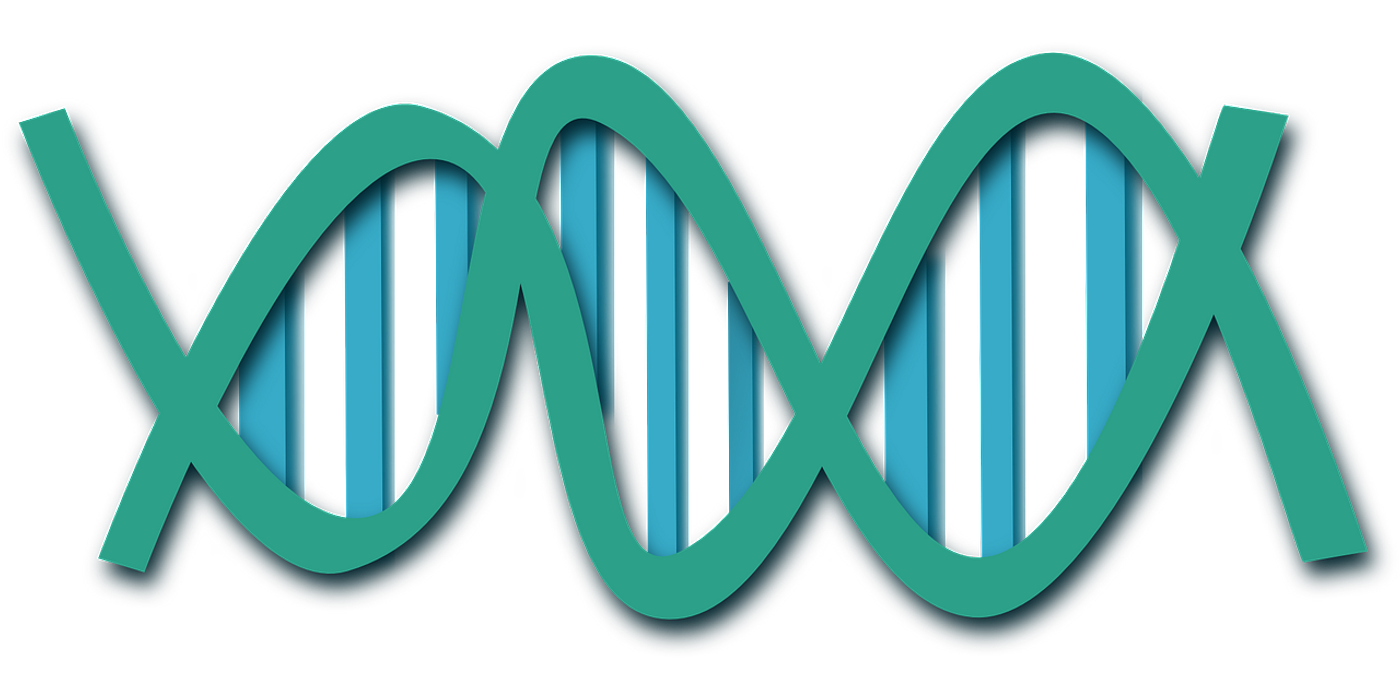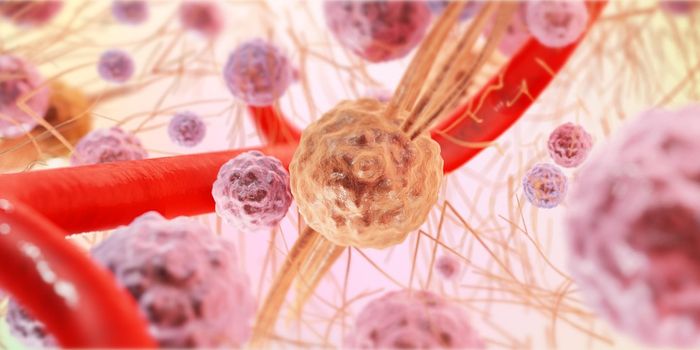Epigenomics for Diagnostics
The field of epigenetics has gained a lot of attention over recent years. While genes have been a topic of interested in targeted a myriad of disease, genetics remains constant and is not a dynamic feature of the cell whereas epigenetics is plastic and highly dynamic. An epigenetic profile can change based on life cycle of a cell (especially during development and aging), in response to environmental stimuli (such as smoking or other exposures, as a consequence or cause of disease states, and for many other reasons. For this reason it has also become an attractive target for drug discovery, but what many people are now starting to use it for is not limited just to treatments but for diagnostics as well. Epigenetic profiles can indicate where in the disease state progression a patient might be, whether the patient smokes, how far exhausted a cell or immune cell might be, etc. In a correspondence to the editor in the most recent article of Nature Biotechnology, and article titled “Challenges and recommendations for epigenomics in precisions health”, it is called to attention that a United States based life insurance company is starting to require policy owners to submit samples from their saliva not for genetic profiling purposes, but for profiling methylation patterns of a person’s DNA. The life insurance company is said to be using a licensed technology to assess the epigenomic landscape to predict health and lifespan of its clientele, and based on this information the company could charge more or less for coverage, or deny it altogether.
This raises a lot of eyebrows. Since epigenetics is so dynamic and plastic, if your profile indicates poor health it is possible to improve via lifestyle changes – but that is not for certain. As a whole, epigenetics provides yet another means by which precision medicine can improve patient outcomes, but takes it even one step further. The example given is if there are two identical twins having the same genetic makeup yet one has an autoimmune disease and the other does not, epigenetics could be an explanation for this – and a potentially targetable one at that if the underlying mechanism can be identified. Additionally, epigenetics can be used for biomarkers and treatment read-out. Now, since epigenetics is additionally making its way into the world of diagnostics and this arena is expected to continue to expand, the correspondence mentioned above took the time to describe “five recommendations for continued development in this field, formulated with an interdisciplinary group of experts toward realizing the full potential of epigenomic medicine.” These include the following:
1. Develop a commercially available and affordable standard spike-in chromatin sample. This is for normalization purposes, or to control for variability between samples. We are already heading in this direction, and Illumina offers such reagents in the research world already.
2. Create a consensus analysis pipeline and data repository for epigenomic assays. Essentially, we need to ensure we are all analyzing the data the same in order to have standard practice and interpretation universally across the board. We all need to be on the same page.
3. Catalog and register regulatory elements in a standardized index for easy searchability and comparison across laboratories, genome builds, and species. We all need to be able to access the same things, and share our knowledge.
4. Develop assay for inferring tissue-of interest epigenomic modifications from accessible tissues such as blood, skin, saliva, and urine. Epigenomic profile may vary from tissue to tissue, unlike genomes which remain stable across tissue types for the most part.
5. Improve long-term participant involvement via enhanced result reporting and patient brokered data sharing. With the technology of today, you would think this would be fairly easy to do.
These are the five recommendations for this field moving forward. The authors of the aforementioned correspondence state that “personalized epignomic measurements hold enormous transformative potential for clinical medicine and even for lifestyle applications.” However, they also note that “the complexity and dynamic nature of the epigenome over time and health state bring unique difficulties surrounding standardization, data analysis and sharing, sample acquisition, and patient participation.”
Sources: Nature Biotechnology, Pixabay











